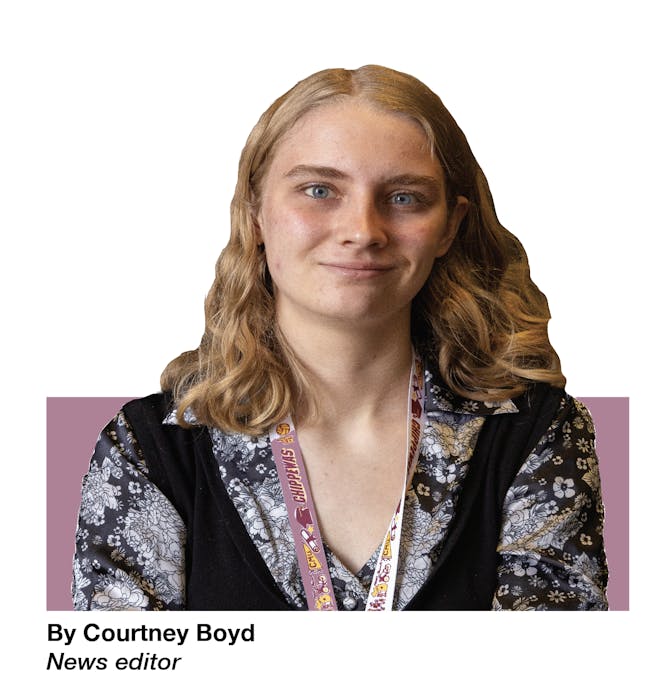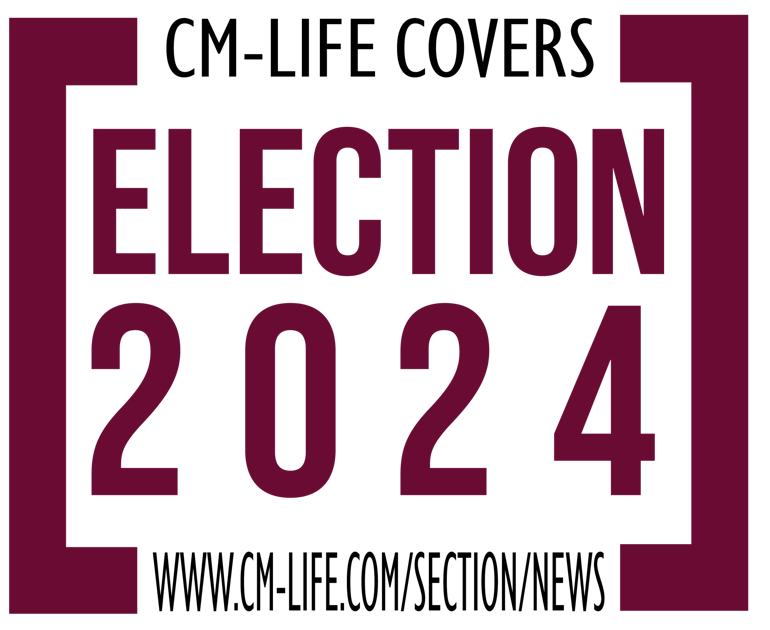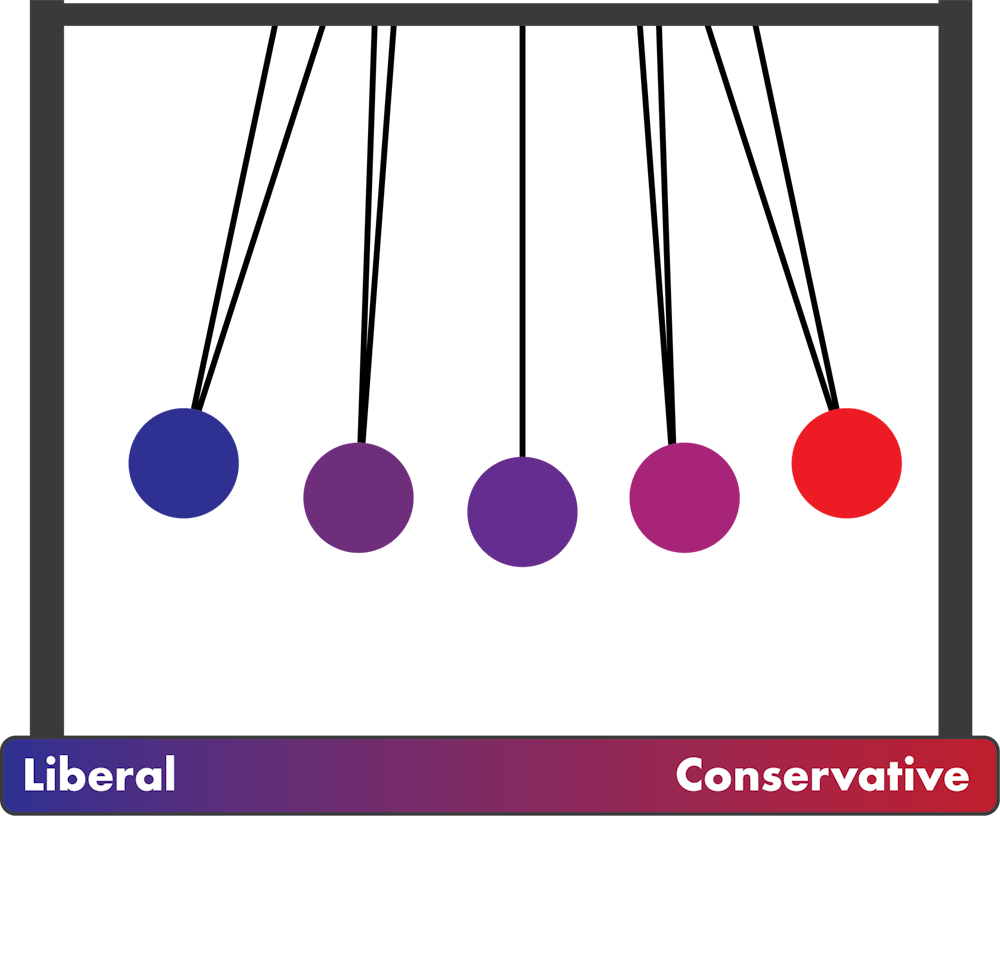Of ‘liberal’ and ‘conservative’
More than just buzzwords, political labels get tossed around but carry significant weight

In less than two months, citizens of the United States of America will get to vote on who will be the next president of their country. As election day approaches, political conversations and advertisements are getting harder to avoid, and burning questions are being asked both to candidates and to peers.
Some topics are pressing issues on the ballot, such as the war in Israel and Palestine, inflation and abortion rights. But some conversations are more flagrant and seemingly off topic or outlandish, with the goal of dividing or getting an upper hand as opposed to actually focusing on current issues.
These conversations see phrases like “woke,” “cancel culture,” “fascists” and “snowflakes” thrown around -- mostly used in an effort to provoke fear or rage in voters. These phrases are also known as “buzzwords.”
Two more buzzwords that only make the political puddle even more muddy are “liberals” and “conservatives.”
Many politicians and voters use the terms liberal and Democrat interchangeably, as well as conservative and Republican. But these terms actually aren’t interchangeable, and it can further alienate members of these parties by assuming they relate to the extreme wings of the left or right.
Allow me to explain.
The terms liberal and conservative actually describe a specific belief system or position on issues, and are the most “extreme” sides of the spectrum (though you could argue the spectrum could just be a circle, but that’s a topic for another day).
In simpler terms, liberal ideology is the far-left side of the spectrum, advocating for more social changes like universal healthcare, abortion rights, stricter gun control and same-sex marriage. Of course, some ideas on the liberal side can be even more extreme, such as wanting to defund the police and completely recreate the prison system, or to completely abolish private ownership of property/production and convert it to collective ownership.
Conservative ideology is the opposite: the far right side of the spectrum that advocates for things to stay the same or to be more rigid. This ideology advocates for things such as increased border security, the free market, gun rights and allowing religion in schools. Just like the liberal side, some conservative ideas can be more extreme, like banning contraceptives and surrogacy pregnancies or removing slavery and colonization from U.S history books.
But how do the United States’ two largest political parties fit into this? Political parties will tend to support certain ideologies. Democrats push for policies that increase healthcare access and supporting the working class, and Republicans push for national defense policies and less government regulation economically.
Notice how while these policies tilt one way or another, they are not the same as the extremes mentioned for the belief systems. That is where interchanging titles hurts party members.
Not all Democrats want to completely dismantle and recreate the prison system, and not all Republicans want to censor the racism in U.S. history. But when politicians and voters group them together, polarization occurs, and it can make many people afraid to share their political beliefs because they fear others think they’re extremely left or extremely right.

Identifying with a political party should give others an idea of what you support, but not the assumption you support 100% liberal or conservative ideologies just because you’re a Democrat or Republican.
The truth is, most voters are more in the middle on issues, or they may lean left on one issue and right on another. The political “spectrum” is a great way to describe it, as most people will not sit perfectly in the middle, or to the far right or far left.
It just so happens those on the farthest ends are the loudest, and their loudness creates the stereotypes and harmful, interchangeable terms we’ve been left with. Understanding the difference is important, because “far left” and “far right” beliefs do not describe the people of this country, but the extremists of the country.
Courtney Boyd is Central Michigan Life’s news editor. She is a senior majoring in journalism and minoring in media arts.







